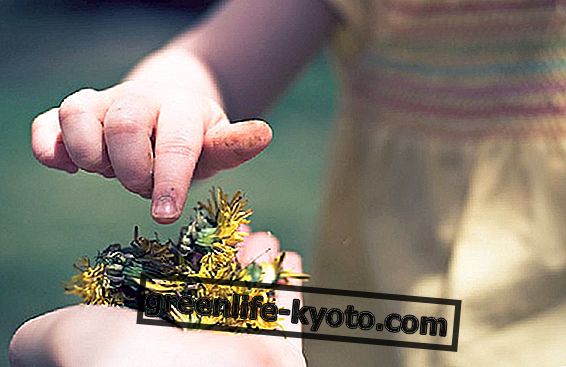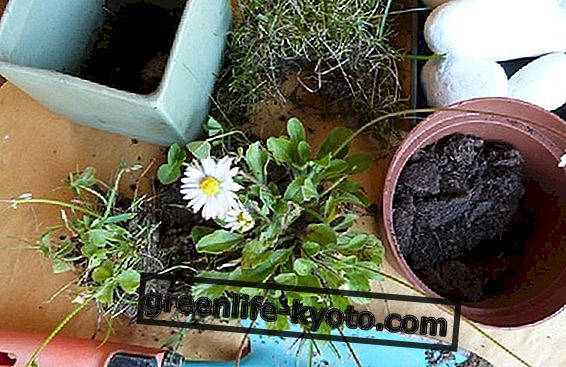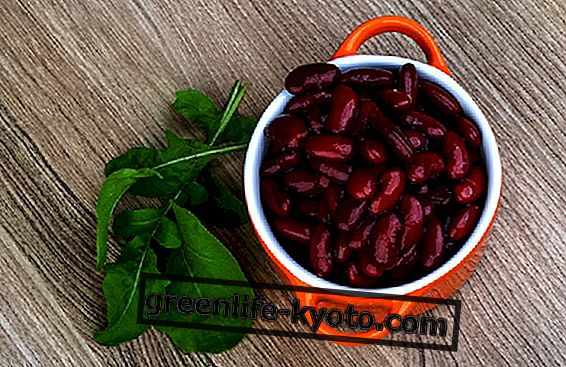
Wild cabbage, as its name already says, is the cabbage that grows naturally in nature and man recognizes it from the scientific name Brassica montana . The popular name for wild cabbage is also cabbage of the rocks also known with the botanical name of Brassica oleracea.
This wild cabbage belongs to the cruciferous family as obviously all cabbages, broccoli, rocket and turnips so that each of these vegetables is similar in appearance to its flower that has the shape of a cross: from this the botanical family it is known as cruciferous.
Wild cabbage is an annual plant that grows wild in Italy along the fields, hedges and in the woods . Its height can reach 80 cm when it produces the flowering stem.
Its flowers are intense yellow and its flowering begins from the end of spring to late autumn. It has a fasciculata root from which the dark green leaves develop from the beginning of spring. These leaves, when still tender, are used as spinach and therefore for food use.
Properties of wild cabbage
Wild cabbage is a food rich in mineral salts, vitamins and fiber, while it is poorer in proteins and carbohydrates. This is a good advantage for those who do not want to put on weight and want to keep fit.
The consumption of wild cabbage leaves is well balanced if we eat protein-rich legumes or carbohydrate-rich cereals together with it.
In general, the composition of nutraceutical substances and active ingredients give purifying, antiseptic, anti-inflammatory, anti-haemorrhagic, healing and anticancer properties to wild cabbage.
In particular wild cabbage is an excellent depurative for the body especially because it helps the expulsion of the organism 's waste substances and cleans both the intestine and the blood circulation.
furthermore its emollient and refreshing properties are useful precisely to soothe intestinal problems of various origins . The presence of fiber helps to increase the fecal mass by softening it and attracting water which thus favors the evacuation by fighting problems of constipation or irritable bowel.
Intestinal transit is favored and facilitated by the consumption of these wild cabbage leaves and its properties as an emollient and antiseptic also allow the repair of the internal mucosa of the gastrointestinal tract.
Moreover in the leaves of this cabbage we find another excellent property to be of help for the healing of wounds both external and internal.
Also in this case, eating cabbage leaves helps to alleviate problems of intestinal micro ulcers and other possible problems to the internal tissue.
Instead at the level of the external epidermis therefore of the skin these cabbage leaves were once used as natural patches . In fact they were lightly pounded and then applied to the skin in the painful area.
Its refreshing, emollient, anti-inflammatory and repairing properties allowed it to heal and soothe excoriations, insect bites, redness and all other skin problems .
In the kitchen: wild cabbage
In the kitchen wild cabbage has been used since ancient times in various recipes of rural cuisine. In a similar way to the use of spinach and beets also wild cabbage leaves are excellent boiled and seasoned simply with oil and salt .
Or they can become filled for savory pies such as the erbazzone or even as a side dish for other meat dishes, cereals, legumes or vegetables.
Cabbage leaves were often placed in soups with 30 herbs that were typical broth dishes made with a mixture of wild herbs cooked together. In the same way these mixtures of wild herbs were used to prepare "erbi cake" which was different for each area of Italy which often included wild cabbage among the wild herbs.
Cabbage leaves can be eaten not only cooked but also fresh as long as they are not abused. Usually they were harvested and finely cut to then be seasoned with lemon juice .
This preparation made it possible to make large quantities of two essential substances for our body: vitamin C and iron . Of course wild cabbage leaves are rich in these two elements and the addition of lemon juice also helps even more to assimilate the iron inside our body.
In this way eating the green leaves of wild cabbage becomes not only an excellent food but also a protector against problems of iron deficiency such as anemia .
At one time it was even used as food on ships that had to travel long distances and this also served to prevent scurvy which is a disease that occurs due to lack of vitamin C.
Recall that the consumption of wild cabbage is advisable in one's diet but the area of harvesting of the product must be controlled because the fields and soils on which they grow must be free from pollutants.
In fact plants fix heavy metals or store polluting substances and this can bring problems to the body . So you need to make sure to collect wild herbs in cultivated fields under organic or biodynamic farming or buy from trusted farmers in local markets where we can find out where they come from. +













